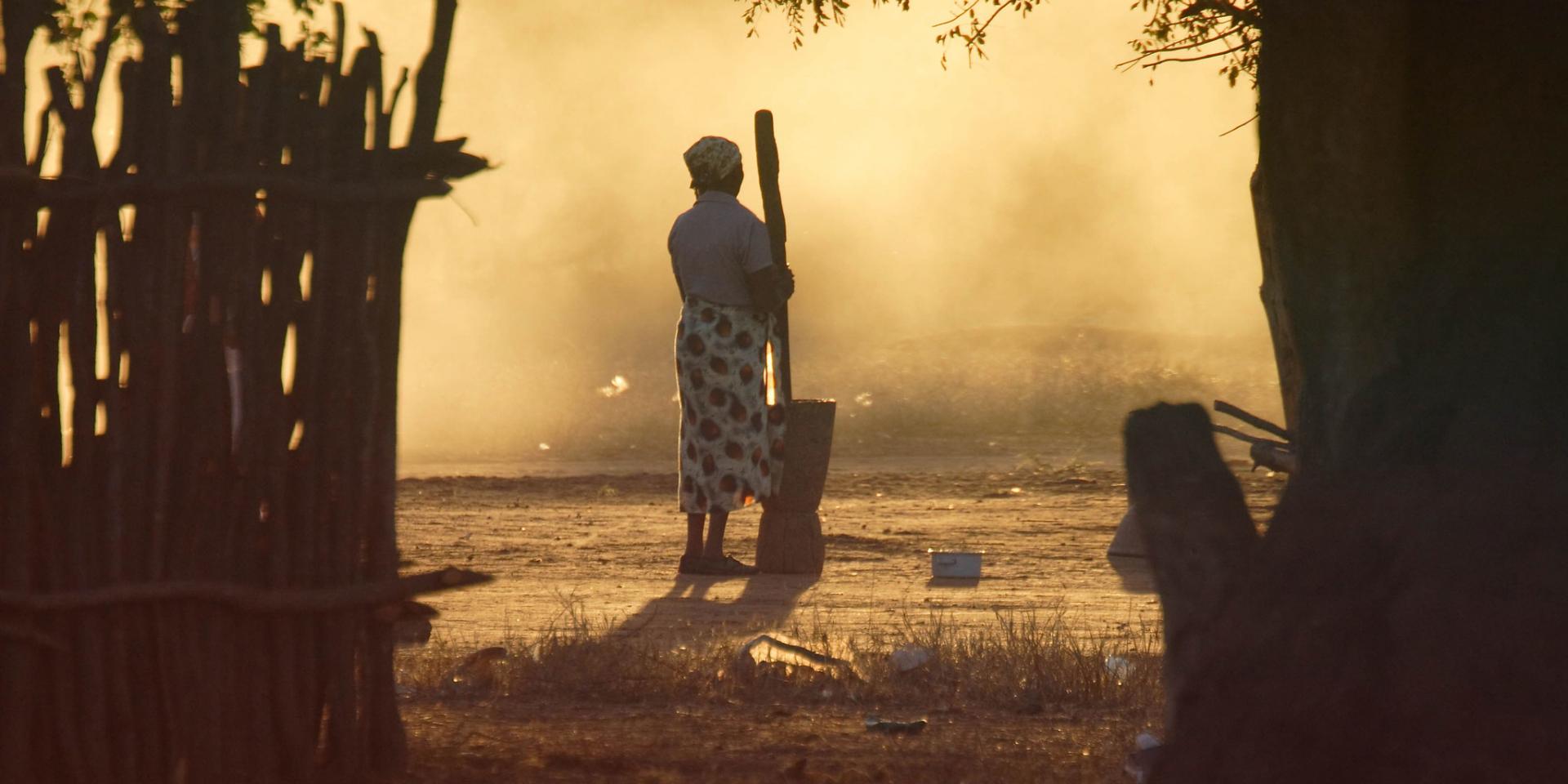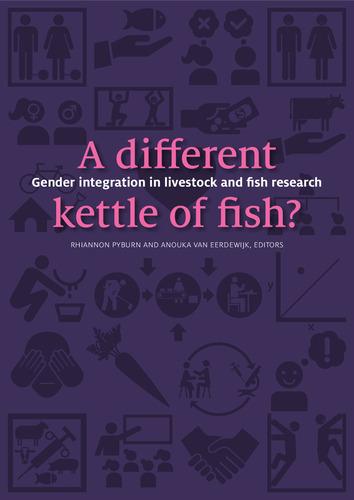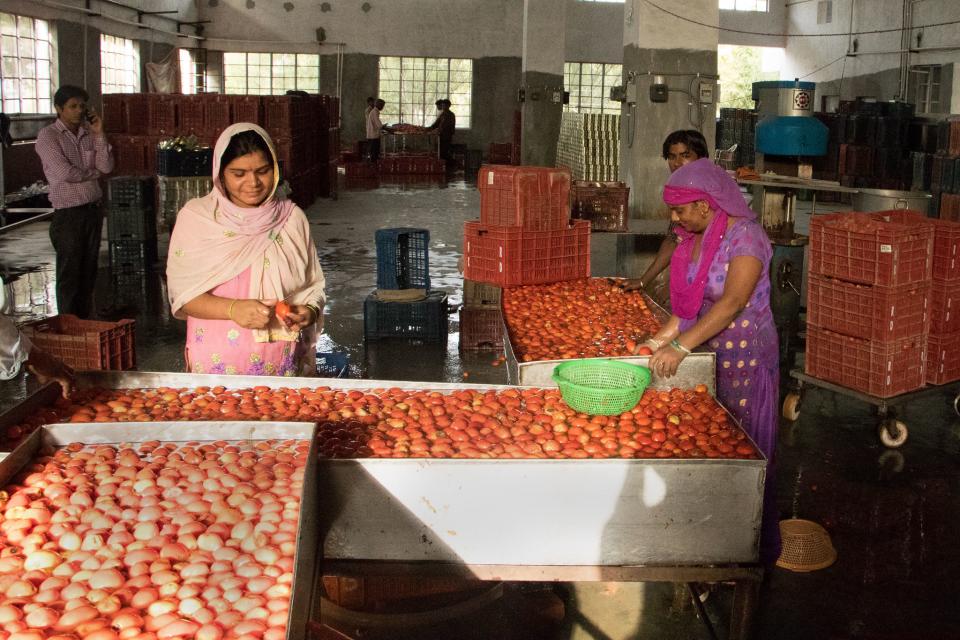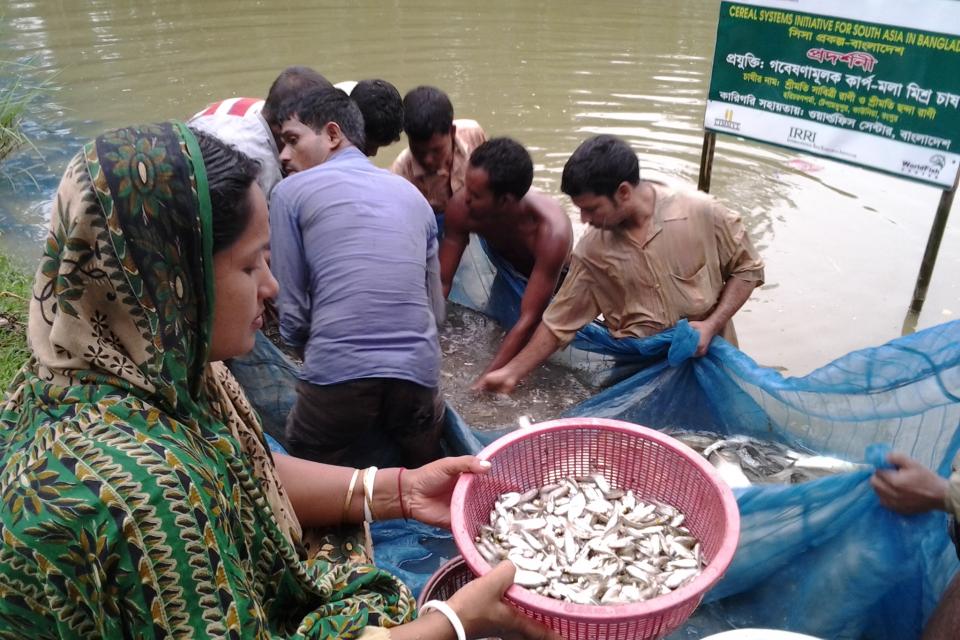Gender Action Learning System: improving gender relations in farming value chains
 Photo: ILRI/Stevie Mann.
Photo: ILRI/Stevie Mann.
This practical guide supports organizations, facilitators and program designers who want to create more gender-equitable strategies in agricultural value chains.
Why is the manual important?
Women are often the poorest and most vulnerable people within agricultural value chains. Gender inequality and gendered behavior norms in the household and community are key causes of poverty, and result in poor bargaining power for women.
Programs to develop value chains often focus on crops, infrastructure and technologies, rather than the people living in these complex livelihood systems. Gender inequalities in value chains affect marginalized women and their families by reducing their income and agricultural output, creating food and nutrition insecurity, and reducing their access to markets.
Who is the manual for?
Organizations, facilitators and program designers can use this manual to map and negotiate gender equitable win–win strategies in value chains.
However, the Gender Action Learning System (GALS) is best learned by working with organizations already implementing the methodology, and with communities applying the methodology. The manual is intended as a complement, not a substitute, for community-based training.
Country of focus: Zimbabwe
How can I use the manual?
Based on practical experiences from the people who developed it, the guide:
- gives an overview of GALS in value chain development: the vision, analytical frameworks and capacity development needed to initiate such projects
- summarizes the process and steps for catalyzing change
- gives a process for participatory and gender-sensitive scoping and mapping a value chain
- guides you through suggested steps for negotiating gender equitable win–win strategies in value chains
- summarizes how to monitor and manage project impacts
The guide indicates resources required, timeframes and expected results. You can tailor the design to meet your situation’s needs.
The Gender Action Learning System was adapted for women farmers from a methodology called the Participatory Action Learning System.
When and how was it developed?
The system is based on a pilot study carried out by the Farmers Association of Community Self-Help Investment Groups (FACHIG) in Muzarabani District, Zimbabwe.
The manual was written with support from Oxfam Novib’s Women’s Empowerment Mainstreaming and Networking (WEMAN) program and the Deutsche Gesellschaft fur Internationale Zusammenarbeit (GIZ).
Where can I get the manual? Who can I contact?
You can download the Gender Action Learning System manual online [PDF, 3.39 MB].
Thies Reemer
Reemer, T and Makanza, M. 2015. Gender Action Learning System: Practical Guide For Transforming Gender And Unequal Power Relations In Value Chains. The Hague: Oxfam Novib.
Tools, methods, manuals
Publications
Innovations for empowering women through harnessing value chains



